The Basics of Perfumery: A Journey from Creativity to the Bottle

Perfume lovers are always searching for uniqueness and elegance in their fragrances, and behind this distinction lies the secret in the basics of perfumery, which make one perfume stand out from another!
Imagine the power of a single scent transporting you to an old memory or defining your identity without saying a word. This is the magic of perfume—a complex artistic composition that tells stories through our senses. But have you ever wondered how raw ingredients transform into a liquid elixir that captivates the mind? In this comprehensive guide, we’ll dive into the basics of perfumery, from its simplest components to its most advanced techniques, giving you a deeper understanding of this fascinating world and shedding light on why choosing the right store is the first step toward a unique experience.
What Are the Basic Ingredients of Any Perfume?
To build any perfume, perfumers rely on three main ingredients that form its structure, define its character, and determine its cost. Understanding these is the first step in learning the basics of perfumery.

-
Essential Oils (Extracts)
They are the soul and heartbeat of the perfume. Extracted from natural sources such as flowers (rose, jasmine), woods (sandalwood, cedar), citrus fruits, and spices. The extraction process itself is an art, using methods like steam distillation, solvent extraction, and expression. The quality and concentration of these oils are the key factors in determining the perfume’s strength, longevity, and price.
2.Alcohol
Alcohol (usually highly pure ethyl alcohol) acts as a solvent and carrier for the essential oils. It dilutes the concentrated extracts, making them safe to spray on skin, and plays a crucial role in how the perfume develops and evaporates, spreading its scent.
3.Water
Distilled water is added to balance and dilute the formula, especially in lighter fragrances such as Eau de Toilette. It helps blend the ingredients into a harmonious composition.
The Fragrance Pyramid: The Heart and Soul of Perfumery
One of the most important basics of perfumery is understanding the “fragrance pyramid,” which describes how perfume notes evaporate in different stages, telling an evolving story.
-
Top Notes
The first impression when spraying a fragrance. Usually light, fresh, and quick to evaporate (5–15 minutes). Often citrus, herbs, or fruits.
2.Heart Notes
The true personality of the fragrance that emerges after the top notes fade. They last for hours and usually feature floral, spicy, or fruity accords.
3.Base Notes
The deepest foundation of the scent, appearing after an hour or more, giving depth and longevity (up to 8+ hours). Typically include woods, musk, amber, and vanilla.
Key Techniques in Perfumery: From Past to Present
Steam Distillation
The traditional and most common method for extracting oils from plants like rose petals or mint leaves. Steam releases essential oils, which are then condensed into pure extracts.
Solvent Extraction
Used for delicate materials like jasmine. Flowers are soaked in solvents to produce a waxy aromatic resin, later treated with alcohol to yield high-quality absolute oils.
Headspace Technology
A revolutionary modern method. Devices capture scents directly from nature (e.g., a rare flower), then reproduce them chemically in labs—allowing creation of perfumes that were once impossible.
Concentration Is King: Types of Perfume
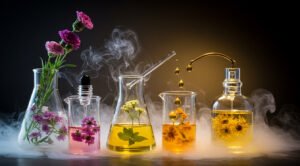
A crucial part of perfumery basics is knowing concentration levels, which determine strength and longevity.
Perfume / Extrait de Parfum:
Highest concentration (20–30%), longest lasting (8+ hours), most expensive.
Eau de Parfum (EDP):
Most popular (15–20%), lasts 6–8 hours, balanced in price and performance.
Eau de Toilette (EDT):
Lighter (5–15%), ideal for daily wear, lasts 3–6 hours.
Eau de Cologne (EDC):
Very light (2–4%), refreshing but fades quickly (about 2 hours).
A World of Creativity in Every Spray
Understanding the basics of perfumery enriches your experience, turning it from simple use into an appreciation of deep artistry. From selecting raw ingredients to precise extraction techniques and building fragrance pyramids, every step is a testament to human creativity. With this knowledge, your perfume choice becomes more conscious and refined; you can read more about perfumary history from here.

FAQ
1. How can I tell the difference between original and fake perfume?
Original perfumes evolve on skin (top, heart, and base notes), while fakes often smell flat and fade quickly. Packaging quality and batch codes are also signs of authenticity.
2. How can I make my perfume last longer?
Moisturize skin with an unscented lotion before applying. Spray on pulse points (wrists, behind ears, neck). Avoid rubbing wrists together, as it breaks down fragrance molecules.
3. What’s the difference between Arabic and French perfumes?
French perfumes often highlight floral and citrus accords, while Arabic perfumes focus on deeper notes like oud, amber, and musk—offering exceptional strength and longevity.
4. How do I choose the right perfume?
Test directly on your skin and wait at least 30 minutes to let it interact with your body chemistry. Don’t rely only on paper testers. Consider season and occasion as well.
Why Is “Pharmacista” Your Best Choice in the World of Perfume?
Your knowledge of the basics of perfumery needs a trusted partner to put it into practice, and this is where Pharmacista Perfume section:
- Guaranteed Authenticity: 100% original, licensed products with a return guarantee.
- Wide Variety: A curated selection of international and Arabic fragrances suited for Saudi and Gulf preferences.
- Expert Consultation: Trained staff help match perfumes to your taste and needs.
- Secure Shopping: User-friendly website with top data and payment protection.
- Fast & Reliable Delivery: Quick shipping to your doorstep across the Kingdom.
- Competitive Prices & Exclusive Offers: Best value with regular discounts.
- Transparent Information: Detailed fragrance descriptions (notes, concentration) for informed choices.
- Premium Customer Service: 24/7 support for your inquiries.
- Loyalty & Rewards Program: Earn rewards with every purchase.
- Trusted Knowledge Source: Not just selling, but also providing valuable content (like this guide).
Discover your passion for scents with someone who understands it. Explore Pharmacista’s exclusive collection of original perfumes today and choose the fragrance that truly represents you. Click here to start your journey.

 Skin exfoliation products
Skin exfoliation products
 Skin moisturizing products
Skin moisturizing products
 Skin cleansers
Skin cleansers
 Sun protection products
Sun protection products
 Skin whitening products
Skin whitening products
 Skin serums
Skin serums
 Korean skin care products
Korean skin care products
 Skin masks
Skin masks
 Natural skin care products
Natural skin care products
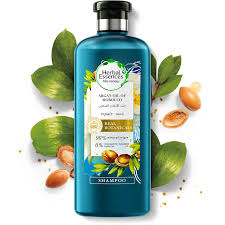 Shampoo
Shampoo
 Hair cream bath and masks
Hair cream bath and masks
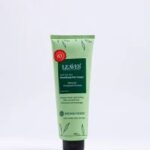 Hair styling products
Hair styling products
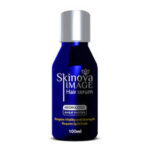 Hair oils and serums
Hair oils and serums
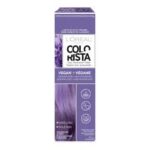 Hair dyes
Hair dyes
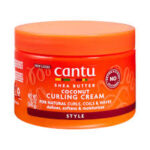 Natural hair products
Natural hair products
 Baby strollers
Baby strollers
 Baby toys
Baby toys
 Baby carriers
Baby carriers
 Car seats
Car seats
 Baby walkers
Baby walkers
 Baby rockers
Baby rockers
 Baby beds
Baby beds
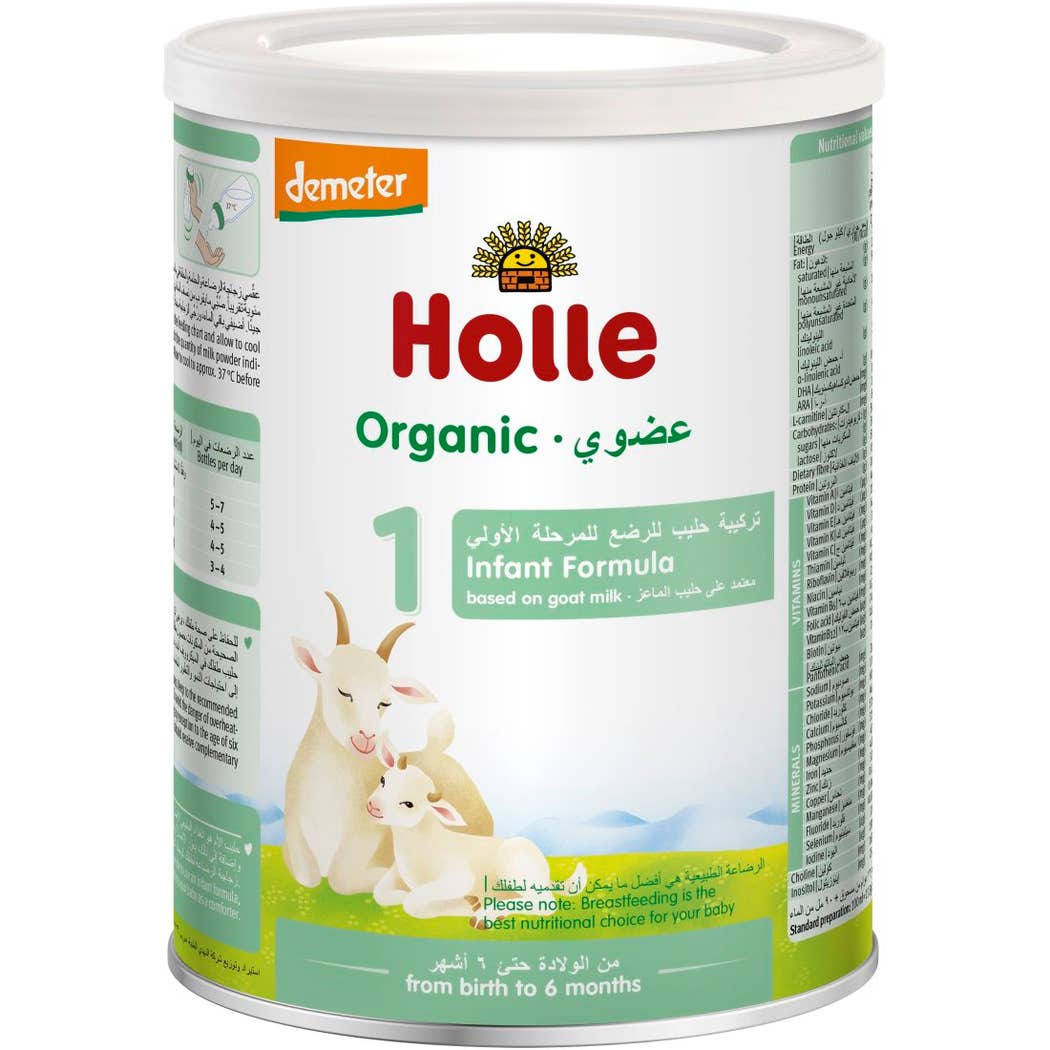 Baby milk
Baby milk
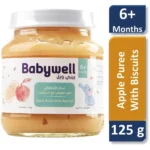 Baby food
Baby food
 Baby feeding supplies
Baby feeding supplies
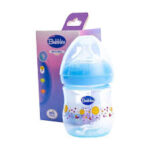 Baby bottles
Baby bottles
 Pacifiers
Pacifiers
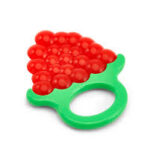 Teethers
Teethers
 Baby hygiene care
Baby hygiene care
 Skin care for babies
Skin care for babies
 Diapers
Diapers
 Perfumes for babies
Perfumes for babies
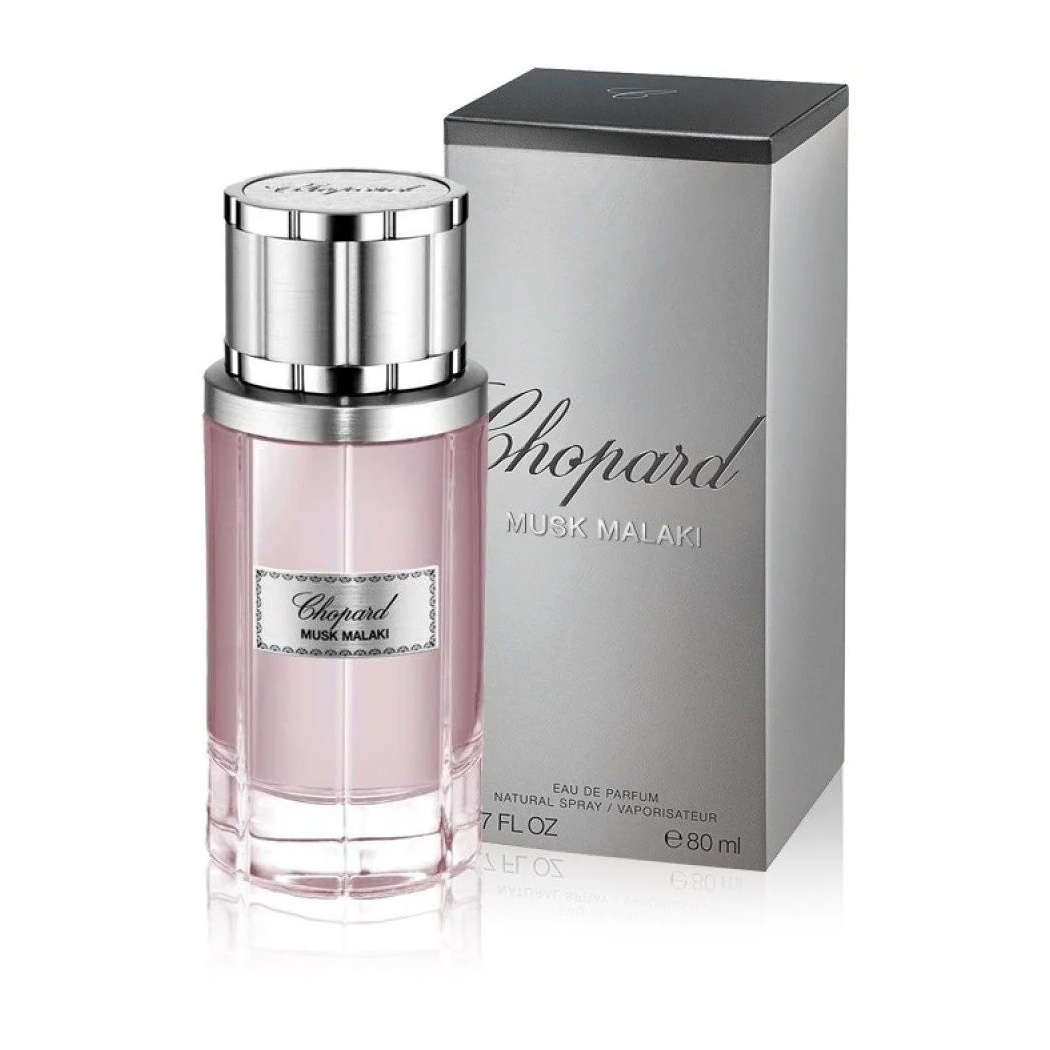 Women’s perfumes
Women’s perfumes
 Men’s perfumes
Men’s perfumes
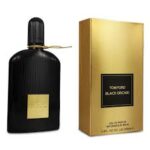 Unisex perfumes
Unisex perfumes
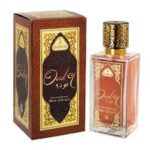 Oriental perfumes
Oriental perfumes
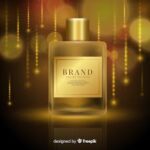 Luxury perfumes
Luxury perfumes
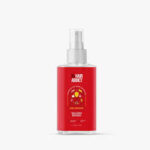 Hair perfumes
Hair perfumes
 Deodorants
Deodorants
 Body and shower care
Body and shower care
 Women’s care products
Women’s care products
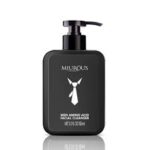 Men’s care products
Men’s care products
 Sexual health
Sexual health
 Lipsticks
Lipsticks
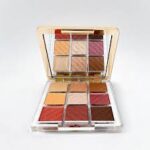 Eye Makeup
Eye Makeup
 Face Makeup
Face Makeup
 False nails and lashes
False nails and lashes
 Contact Lenses
Contact Lenses
